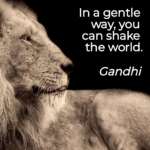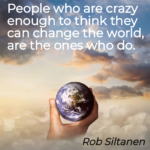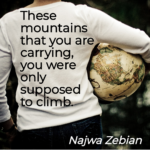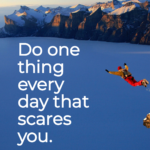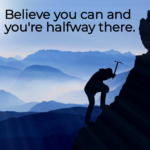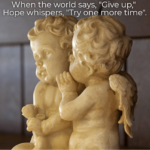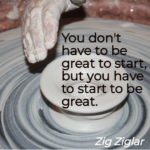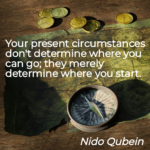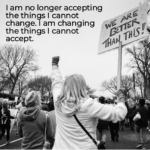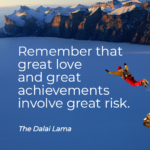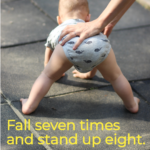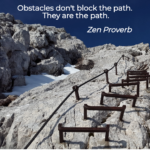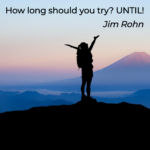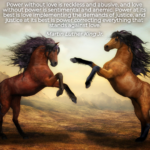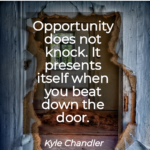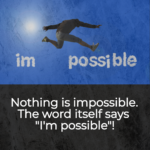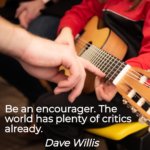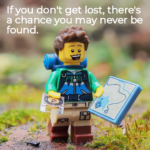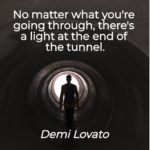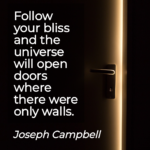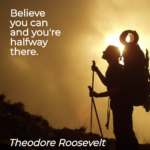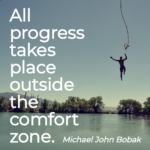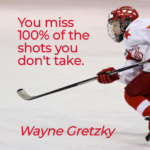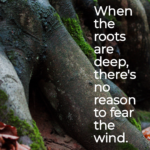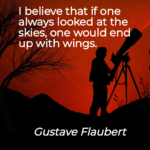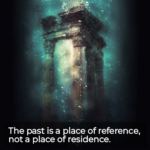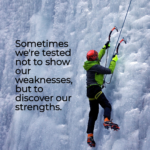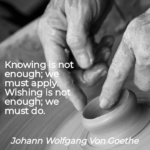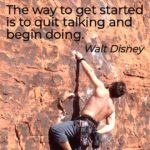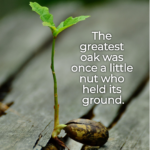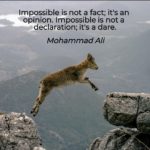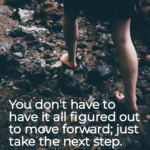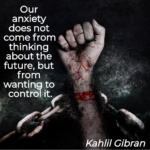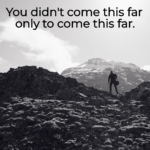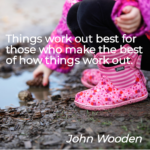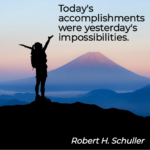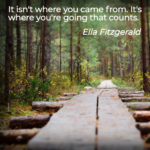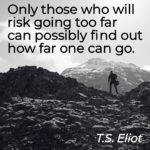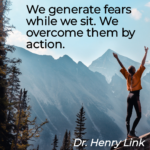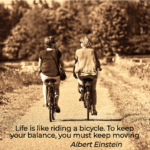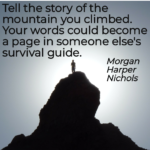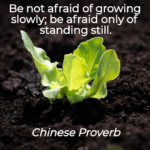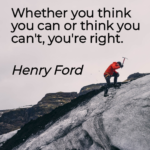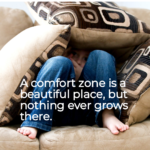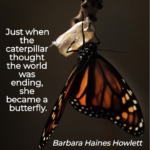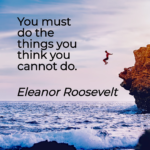Sexual Misconduct Series: Healing The Pants-Down Debacle Holistically – Part Two
It’s Not About Sex!
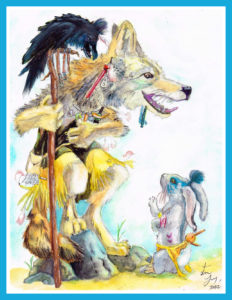
No matter how any of us feels about the controversial topic of sexual misconduct, I think there’s something we can all agree on. Sexual misconduct is anything but sexy.
Although a lot of people may be surprised to learn that, from an energetic perspective, it has nothing to do with sex at all.
Sexual misconduct is not about sex. It’s about power. About the conscious, willful misuse of one’s personal power. To prey on someone who is feeling anything but empowered.
And let’s be clear about the “conscious” part. Because predators know what they’re doing.
Radar For Prey
 Ponder predators in the wild for a moment. The animal kingdom is filled with their regally sleek displays of raw, unadulterated power. Think jaguars. Wolves. And as any “Wizard Of Oz” fan knows. . . lions and tigers and bears – oh my!
Ponder predators in the wild for a moment. The animal kingdom is filled with their regally sleek displays of raw, unadulterated power. Think jaguars. Wolves. And as any “Wizard Of Oz” fan knows. . . lions and tigers and bears – oh my!
They have radar for prey. Hunters simply know where to find the hunted.
And that’s as true in the boardroom and classroom as it is in the heart of the Amazon Basin.
Yet among all the examples to be found in nature, perhaps there’s no better poster child for a predatory character than the coyote.
The Many Faces Of Coyote Magic
A wild dog that’s prevalent all across North and Central America, the coyote has historically thrived in the wake of human sprawl swallowing its habitat. While wolves, their close kin, have struggled.
Why is that?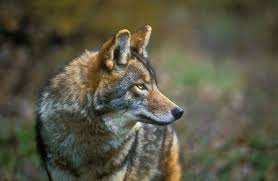
Because coyotes are chameleons and quick-change artists. They are highly versatile and readily adaptable. They can eat birds or blackberries or beetles or – when the rare opportunity strikes – even a black bear cub. They can live and hunt with their families, or strike out on their own and on a whim join random coyote packs.
Such spontaneity and improvisation have led to their clever and crafty reputation. Among Native American lore, stories abound of the coyote as both freewheeling trickster and talented folk hero. Assuming at times the shape of a coyote and at others, a human – depending on what serves the moment.
 In certain tribal legends, it’s the coyote who first brings work, suffering and death to the world. Among the Zuni people, credit for causing winter was given to coyotes when they stole light from the powerful underworld Kachina spirits. While the Utes see the coyote in a completely different context – as the Creator’s companion. And the Crow creation myth even portrays Old Man Coyote as the Creator Himself! Then there’s Aztec history, where coyotes have long symbolized military might. As well as being associated with Huehuecoyoti, the charming god of dance, music and carnality that’s often depicted as a womanizer.
In certain tribal legends, it’s the coyote who first brings work, suffering and death to the world. Among the Zuni people, credit for causing winter was given to coyotes when they stole light from the powerful underworld Kachina spirits. While the Utes see the coyote in a completely different context – as the Creator’s companion. And the Crow creation myth even portrays Old Man Coyote as the Creator Himself! Then there’s Aztec history, where coyotes have long symbolized military might. As well as being associated with Huehuecoyoti, the charming god of dance, music and carnality that’s often depicted as a womanizer.
Truly, it’s a magical being that can embody the energy of both demon and deity.
And so it is with sexual predators. They tend to be coyotes of the highest order. In varying and diverse positions of power and influence. Who use their considerable charisma to get what they want. From those who, more often than not, are so caught up in these connivers’ mesmerizing manipulations that they are more than willing to keep giving what’s being taken.
Which means the energetic dynamic at play here is the predator feasting on what the prey provides. In the animal world’s realm of checks and balances, that relationship would unfold – although harshly – as nature intended. With assured release through swift death.
Not so when it comes to us humans, though. With us, we know how to take a natural phenomenon and morph it most assuredly into something akin to Dali’s melting clocks. Into an abuse that can be perpetuated over long periods of time. Years, in fact, in some instances.

Because coyotes are consummate criminals. They are masterful at stealing another’s energy. At plugging their charming selves into the power centers of a whole entourage of folks they just know how to keep coming around.
Folks they use like batteries. Folks who will do any number of favors, as they are drawn (sometimes inexplicably) like magnets to steel toward these hypnotic souls. Folks who may feel conflicted even as they drink of the coyote’s Kool-Aid, because they find themselves attracted and repulsed in equal measure. Excited over the attention. But then exhausted every single time there is contact.
What the unsuspecting will never know is how completely a coyote can draw you in. And drain you dry.
With such a mind-bender of a dynamic underlying sexual misconduct, how can we possibly begin to find our way collectively toward healing? Toward balancing these unhinged energies once and for all?
Power’s The Name Of The Coyote Game
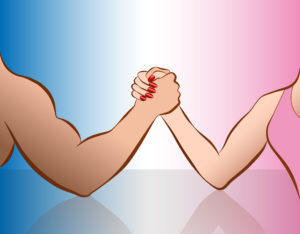 As I mentioned earlier, it all comes down to a question of personal power. And in order to go global with ending what’s wrong, we have to start local with practicing what’s right.
As I mentioned earlier, it all comes down to a question of personal power. And in order to go global with ending what’s wrong, we have to start local with practicing what’s right.
With assessing, not judging. Accepting, not resenting. Healing, not hating. And committing to fixing, not Band-Aiding.
In cases of sexual misconduct, it may be helpful to realize that neither abuser nor victim is in a balanced and self-empowered frame of mind. The abuser may THINK wielding dominance and influence over others is evidence of strength. But that’s just an ego gone rogue talking. The truth is, no amount of brute force will ever make someone truly powerful.
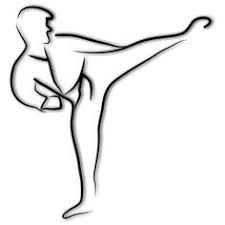 Real power wells up from within. Just ask any dancer, equestrian or martial arts expert. Whose activities require them to come from deep in their core. From the body’s power center, located just below the navel.
Real power wells up from within. Just ask any dancer, equestrian or martial arts expert. Whose activities require them to come from deep in their core. From the body’s power center, located just below the navel.
Yet how we learn to be in relationship with our power begins long before we ever dream of donning ballerina slippers or sliding into saddles or throwing karate kicks. It starts in the womb, actually. And continues to be influenced by what our mothers, fathers and other caregivers think, feel and provide from the time we are born.
That means our earliest experiences – from how we are held and fed and cuddled – create an energetic framework around which we begin to build our sense of who we are. A self-image that rises up in a relatively healthy and balanced way from our power center. That is, it does if overall we feel loved and supported and connected within our tribe.
Trouble is, though, many of us didn’t feel so loved and supported and connected from the very beginning. And so without that type of dependable security and sense of belonging, we may become so armored early on that we effectively lock down our own internal resources.
But we all need power from somewhere.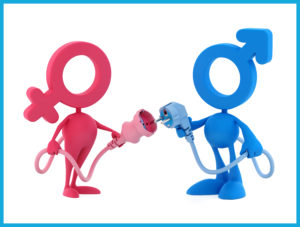
And when we aren’t plugged into our own power, we learn to plug into others. In any number of dysfunctional and even diabolical ways that are never beneficial or balanced. Ways that can make us all, at some point or another, into coyotes or their casualties. Into vampires or victims. Ways that can set the stage for many of us to become vulnerable to sexual misconduct. Or even to initiating it.
or victims. Ways that can set the stage for many of us to become vulnerable to sexual misconduct. Or even to initiating it.
Think that’s impossible? Then consider honestly, if you will, whether or not you’ve ever had an inconsiderate or inappropriate moment. In many respects, these are shadowy areas with slippery slopes. I daresay we’ve all been there, done that, in some way, shape or form. Lingering too long. Chatting too much. Smothering too tightly. Truly, we’ve all crossed the proverbial line in the sand anytime we are being the Pepè Le Pew to someone else’s Penelope Pussycat.
Calming Our Inner Coyote
So I daresay we all could become more careful about being energy suckers and stealers of sorts. And to do that, we need to start by recognizing if we are centered in our own power. Or not.
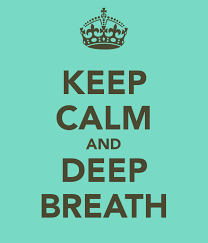 To be centered in our power, we first need to feel calm. And a key to feeling calm is to be breathing deeply, so that our lower abdomens (home to our power centers) expand out when we take a breath in – as opposed to our shoulders rising (the hallmark of a shallow breather).
To be centered in our power, we first need to feel calm. And a key to feeling calm is to be breathing deeply, so that our lower abdomens (home to our power centers) expand out when we take a breath in – as opposed to our shoulders rising (the hallmark of a shallow breather).
Clinically speaking, I’ve never seen someone breathing shallowly who was fully standing in his or her own power. I’ve also never seen someone habitually practicing deep belly breathing – on the rare occasion I actually see such a thing – who was tapping into anyone else’s energy.
Which makes perfect sense if you consider what’s going on here energetically.
From a Chinese medicine perspective, the lung meridian actually governs our bodies’ wei qi, which is the immune-system-like energy enveloping the exterior of our physical bodies. The lungs’ descending and diffusing power spreads and strengthens this defensive energy, allowing us to be protected from potential invaders such as viruses and bacteria.
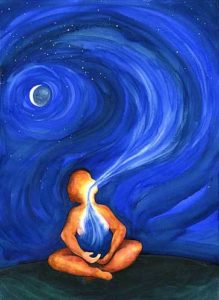 If we breathe in deeply, the lungs’ powerful downward motion also allows our breath to connect with the kidney, which fuels the power center just below the navel. This lung-to-kidney connection is vital not only to the healthy flow of energy circulation throughout our bodies. But the relationship among the wei qi, lung and kidney also forms the stuff of which boundaries are made.
If we breathe in deeply, the lungs’ powerful downward motion also allows our breath to connect with the kidney, which fuels the power center just below the navel. This lung-to-kidney connection is vital not only to the healthy flow of energy circulation throughout our bodies. But the relationship among the wei qi, lung and kidney also forms the stuff of which boundaries are made.
Think about that for a moment. The lungs allow us to inhale or take breath into our bodies. If that “inspiration” then connects with our power center, it fuels us. Lights us up and provides energy for us to move through the world in a grounded and centered way. A way in which we are plugged into our own power. An “inspired” way!
The lungs are also responsible for our outgoing breath or exhalation. In essence, what we release. So basically, the lungs oversee what we take in and what we let out. They form the framework for how we create and manage boundaries, which is simply our way of governing when we say “yes” and when we say “no”.
The Healthy Way To Say “Yes” And “No”
One of the most profound concepts I learned in Chinese medicine school was that all issues, illnesses and imbalances are – at their core – issues, illnesses and imbalances of personal boundaries. And so the way we create and enforce our personal boundaries in life is exceedingly important.
So if the breath can connect and control the energies needed for proper boundary setting, then making deep belly breathing one’s personal habit is a highly beneficial thing to do.
By practicing true deep breathing on a daily basis, you will fuel your body’s defensive qi and keep yourself grounded into your personal power center. Two very necessary components of being able to set healthy boundaries in all aspects of life.
Yet have you ever considered how easy it is for you to say “yes” as well as “no”? That’s another crucial aspect of being able to maintain good boundaries.

We often hear of the importance of saying “no” to what’s unwanted. But what about saying “yes” to what’s desired? Both are critical to creating boundaries as well as dreams. And they both actually mimic breathing. Think about how breathing can be broken down into exhaling and inhaling. Energetically speaking, when you exhale what no longer serves you, that’s a “no”. Whereas inhaling what brings you joy is a “yes”!
As often as possible, I encourage you to practice cultivating your boundaries by continually presenting yourself with opportunities to say “yes” or “no” from your gut.
When you allow for this type of “gut response”, you teach yourself that it’s okay for your innate wisdom to assert what feels good for you to have, be or do. As well as what feels right in terms of allowing others to have, be or do in relation to you.
You can practice this “yes or no exercise” practically anywhere. If you’re in the grocery store looking at produce, ask yourself if you want the asparagus. If you’re shopping for shirts, ask yourself if yellow stripes suit your style. And then go with your gut’s immediate reaction. If you find you are hesitating, learn to recognize that as a “no”, and then watch how swiftly you can become decisive. . . simply by learning to listen to your inner knowings!
Becoming quick and comfortable with “yes” and “no” replies to average, everyday situations truly helps prepare us to be guided by our guts in not-so-simple scenarios. And so the more each of us can do to cultivate this wise and proper daily use of our own energies, the more we can come together collectively in uplifting ways. In ways that allow us to serve as positive role models. With confident voices that insist on integrity and respect in our every interaction. And which speak loudly and clearly to others everywhere – that such a commitment to self-empowerment will help heal boundary violations like sexual misconduct once and for all.





